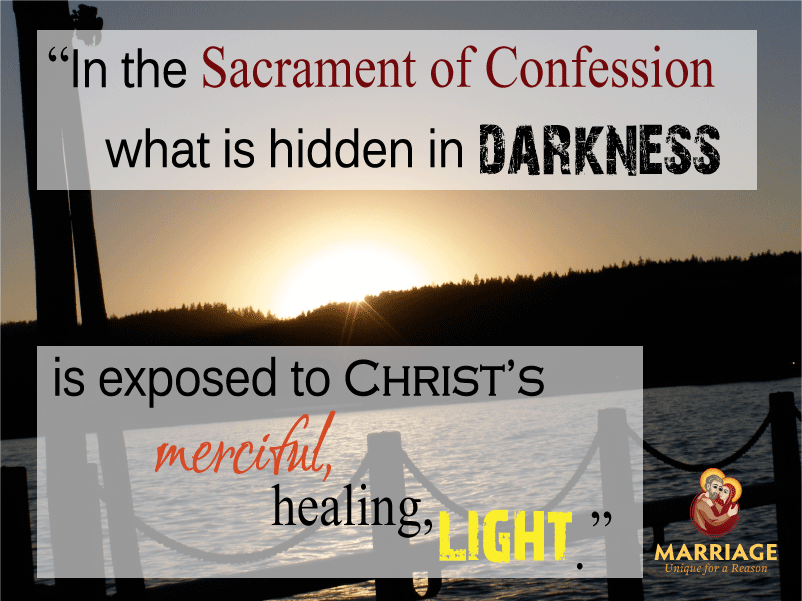 World Meeting of Families Catechesis Series
World Meeting of Families Catechesis Series
The USCCB Secretariat of Laity, Marriage, Family Life and Youth is excited about the World Meeting of Families (WMOF) being held in Philadelphia in September 2015. We are presenting a series of short articles focused on the WMOF Catechesis Love is our Mission: The Family Fully Alive and its implications for our daily lives. We will follow the timing suggested by the Archdiocese of Philadelphia by exploring one theme each month leading up to the World Meeting.
Chapter Seven: Light in a Dark World
Bethany Meola
Secretariat of Laity, Marriage, Family Life and Youth
The images of light and darkness have long been used to convey the contrast between good and evil. Light is a prominent theme throughout Scripture, starting with the very third verse: “Then God said, ‘Let there be light’” (Gn 1:3). Jesus described himself as “the light of the world” and said, “Whoever follows me will not walk in darkness, but will have the light of life” (Jn 8:12). Christians are described as “children of [the] light” (Lk 16:8, Jn 12:36, Eph 5:8, 1 Th 5:5).
In contrast, darkness is used to represent chaos (“The earth was a formless wasteland, and darkness covered the abyss” [Gn 1:2]), Hell (“Cast him into the darkness outside, where there will be wailing and grinding of teeth” [Mt 22:13]), and the antithesis of Christ’s Kingdom (“He delivered us from the power of darkness and transferred us to the kingdom of his beloved Son” [Col 1:13]).
Perhaps the most gripping way light and darkness is used in Scripture is the depiction of the Final Judgment, when God “will bring to light what is hidden in darkness” (1 Cor 4:5). This verse answers the question: Who would prefer darkness to light? Who would rather have the black of midnight rather than the glowing light of dawn? Precisely the person who wishes his or her deeds to remain secret and in the shadow of darkness. “People preferred darkness to light, because their works were evil” (Jn 3:19).
All sins seek darkness and hide from the light. One of those sins is pornography, usually coupled with masturbation. Both are addressed in chapter seven of the World Meeting of Family catechesis, and for good reason. By any measure, pornography use is widespread, including among Catholics and married persons. And despite the claim that pornography is harmless fun (“adult entertainment”), it clear from both testimony and research that pornography harms the user, his or her spouse (or future spouse) and children, not to mention the men and women used and degraded in its making. As the WMOF catechism says, “Pornography catechizes its consumers in selfishness, teaching its users to see other people as objects to satisfy our appetites” (no. 121).
Pornography thrives on darkness and secrecy. The Internet promises anonymity; users tend to hide their habit from a spouse, fiancé, or romantic partner; young people seek hidden places to look at it. This shame and the desire to hide from the light should tell us something.
But there is hope. “The light shines in the darkness, and the darkness has not overcome it” (Jn 1:4). For those who are struggling with pornography use or addiction, Jesus brings healing. In the Sacrament of Confession, what is hidden in darkness is exposed to Christ’s merciful, healing light. There are also many ongoing supports available to men and women who want to live in the light of chastity and true love, not the darkness of sin and lust.
One of my favorite movie scenes is in The Two Towers, the second part of The Lord of the Rings trilogy. The exhausted company of men, elves, dwarves and hobbits is on the verge of defeat. They have been battling all night and the army of Orcs is bearing down with renewed force. And then, the dawn breaks, and there on top of the ridge is Gandalf the White with a new regiment of riders. The embattled defenders are filled with joy and the tide of the battle turns. At dawn, hope comes anew. “His mercies are new every morning” (Lam 3:23).
Leave a Reply